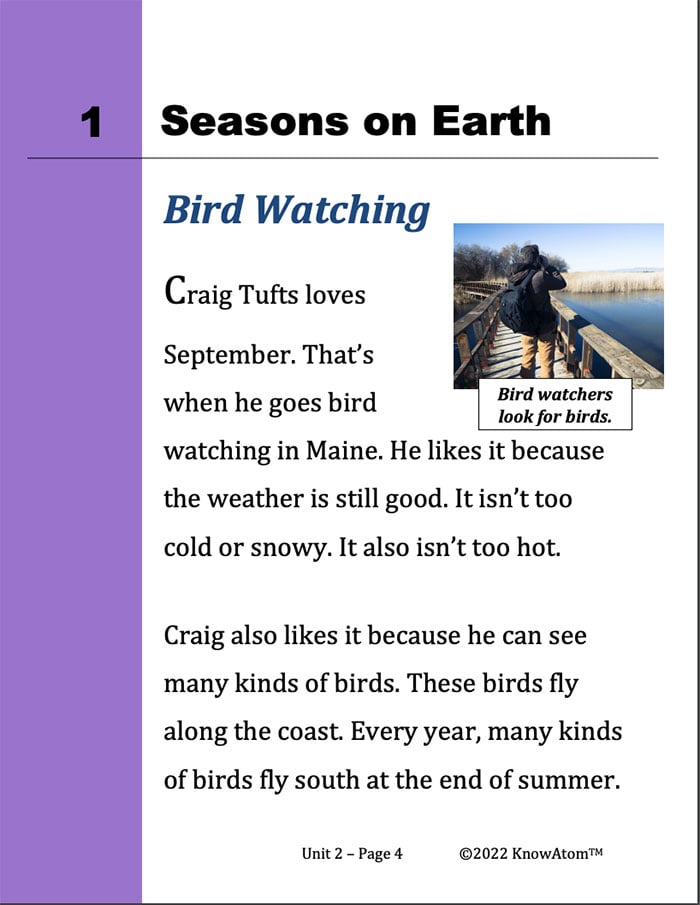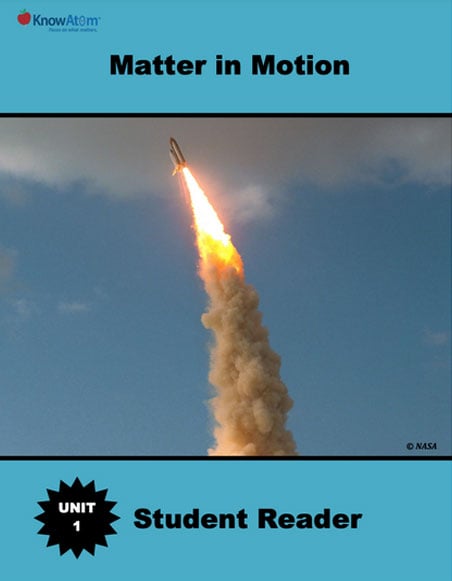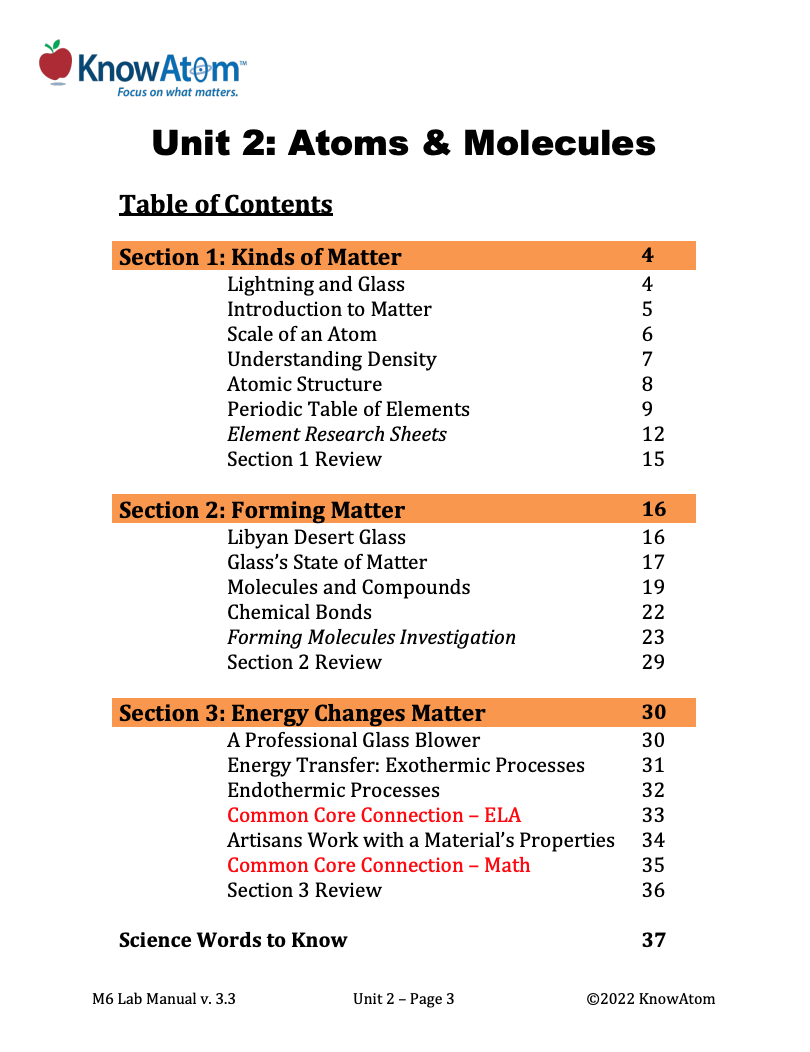.png)
In this unit, students are introduced to science and engineering by exploring several phenomena that relate to cooking. Students begin with an investigation into the structure of matter and how energy determines state of matter. This page is a high level look at key components of this lesson.

In this unit, students explore science phenomena related to patterns that result from Earth’s rotation and the moon’s orbit around the sun. This page provides a brief overview of lesson two of this unit, in which students conduct two investigations and use the patterns they discover to make predictions about the future positions of the sun, moon, and stars in the sky. In the first investigation, students observe the sun’s position in the sky at different times of day, drawing a diagram (model) of the sun’s position above the horizon. In the second investigation, students use a sundial model to explore the relationship between the sun’s position and the length of shadows.

In this unit, students investigate the science phenomena of seasonal patterns and water cycles. Once students have analyzed how seasonal patterns of sunrise and sunset can be observed and predicted, they focus on seasonal temperature and rainfall patterns. They investigate temperature patterns of a specific location throughout the year.

In this unit, students discuss how all matter in the universe is made up of different combinations of atoms formed from chemical reactions. They use scale models to compare properties of the sun, moon, and Earth, and then use that knowledge to analyze the science phenomena of how patterns are formed by the relative positions and movements of the sun, moon, and Earth. This page highlights key components of this lesson on patterns.

In this unit, students explore the science phenomena of interactions between energy and matter, analyzing how matter can only change when enough energy is present. In this lesson, they investigate the structure of molecules, relating this structure to the matter’s properties. This page is a high-level extract of this lesson.
Standards citation: NGSS Lead States. 2013. Next Generation Science Standards: For States, By States. Washington, DC: The National Academies Press. Neither WestEd nor the lead states and partners that developed the Next Generation Science Standards were involved in the production of this product, and do not endorse it.
